Being close relatives of the popular wild daffodils, jonquil flowers are often overlooked. These beautiful blooms that bring a splash of sunshine after the cold winter carry several meanings that make them unique in their own right.
Aside from their fragrant and beautiful flowers that can elevate any garden space, jonquils also bloom as a sign of hope that there’s sunshine after the dark and as a symbol of one’s desire for love.
In this guide, we’ll give jonquil the spotlight that they very much deserve. We’ll delve more into the meaning of their colors, their cultural significance, and their many uses.
How did the jonquil flower get its name?
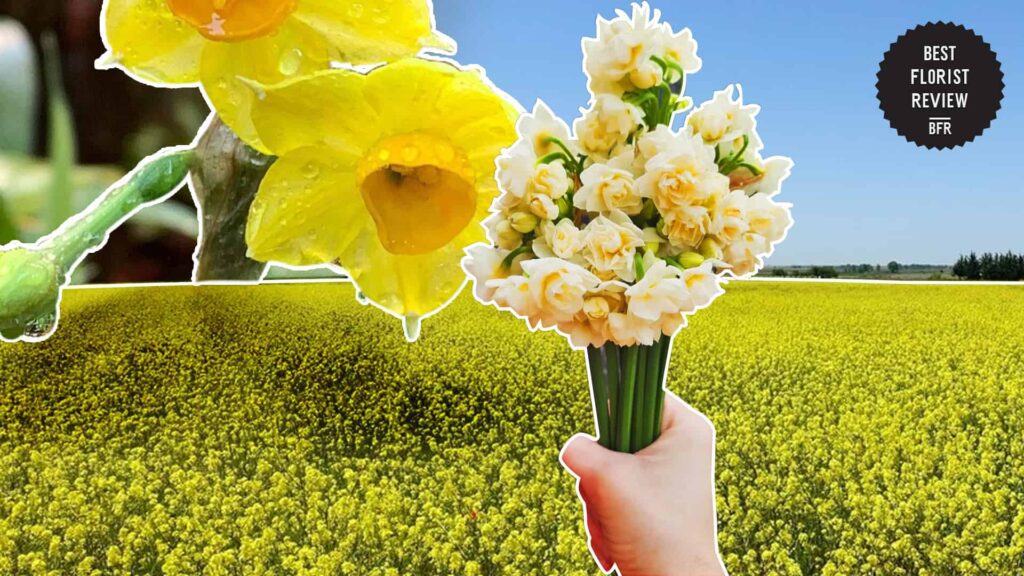

The name jonquil came from the Spanish word “jonquillo” or “junquillo,” which means rush or rush-like. The name was given to jonquils because of the resemblance of their leaves to rush plants.
Both rushes and jonquil’s leaves are flat, long, and slender. The flowers of rushes and jonquils, though, don’t look alike, so it will be easy to distinguish them once they bloom.
Why are jonquils also called daffodils?
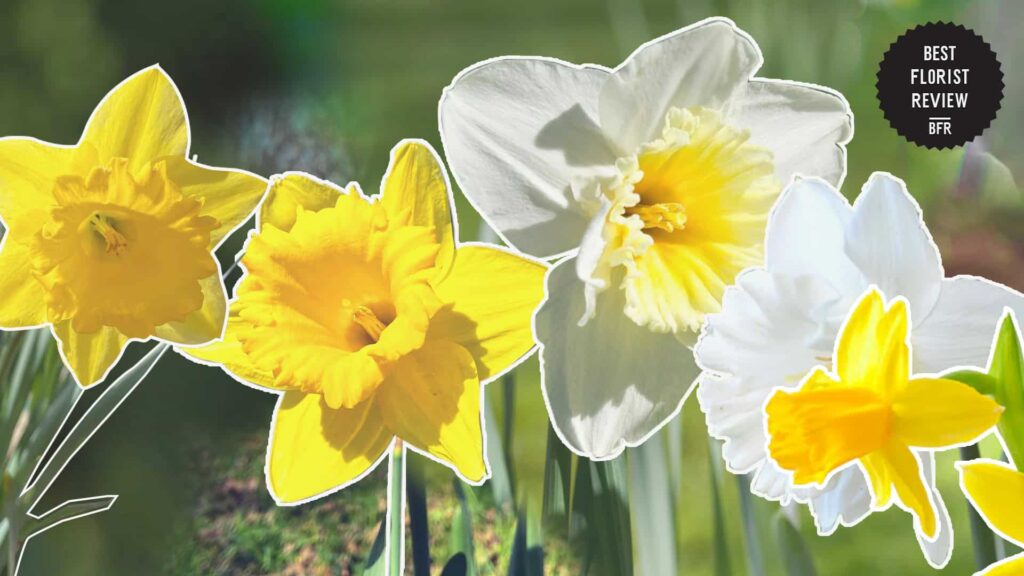

Jonquils are often called daffodils because they come from the Narcissus genus. All Narcissus flowers, including Narcissus pseudonarcissus or wild daffodils, are referred to as daffodils.
It’s important to note, though, that jonquils are not the same as wild daffodils. They’re almost identical because they belong to the same genus, but they’re completely different flowers.
One distinction between the two is their leaves. The leaves of jonquil flowers are rounded on the tip, while wild daffodils have sword-like leaves.
What is the botanical origin of the jonquil flower?
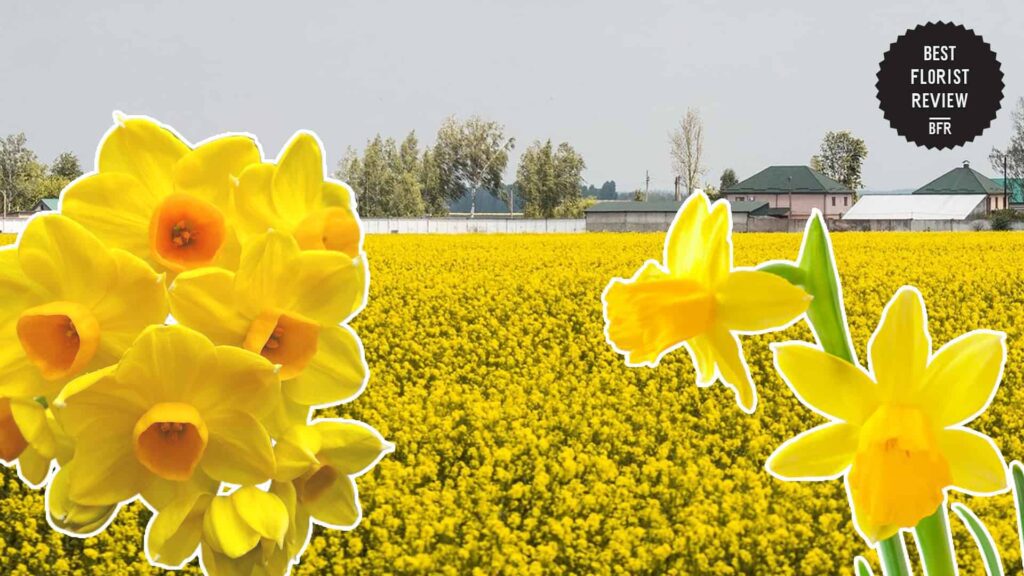

Jonquil flowers, botanically known as Narcissus jonquilla, are originally found in Spain and Portugal. They belong to the Narcissus genus of the Amaryllidaceae family.
Although they were first seen in Spain and Portugal, the flowers became popular worldwide because of their beauty. They have been naturalized in various countries, including the United States, Italy, France, and Turkey.
Where do jonquil flowers grow?
Jonquil flowers are native to Spain and Portugal, but they now grow in various parts of Europe, Asia, and the Americas. They are mostly found in regions with warm and dry summers, similar to their native environment.
They grow best in USDA Zones 4 to 8, but they can also adapt to various climates. Their hardiness and unique but beautiful look make them one of many homeowners’ top garden flower choices.
Do jonquil flowers require maintenance?
Jonquil flowers are low-maintenance plants. Aside from the basic watering and lighting needs that most flowers need, jonquils don’t require special care to thrive.
Do jonquil flowers need shade or sun?
Jonquil flowers require full sun to thrive since they’re from the Mediterranean region. They can tolerate occasional shade, but the flowers may not be as vibrant as when grown in full sun.
When do jonquil flowers bloom?
Jonquils usually bloom in late winter to early spring and are among the first flowers to bloom after the winter season.
Their blooms will typically start appearing around late February to April, depending on the local climate, temperature, and the specific variety of jonquil.
What kind of soil do jonquil flowers prefer?
Jonquil flowers thrive when planted in sandy, nutrient-rich, and well-draining soil that can retain enough moisture to support the plant’s needs. Keep the soil at a slightly acidic to neutral pH to help the flowers absorb nutrients faster.
A soil mix that contains coarse sand, perlite, coco coir, and compost can be a great growing medium for jonquil flowers. Most commercial potting mixes also work for them.
When is the best time to plant jonquil flowers?
Jonquil flowers are best planted during fall, preferably when the soil is not as hot as it is in the summer. This will give the flowers’ bulbs time to establish a strong root system before winter comes.
What do jonquil flowers mean?
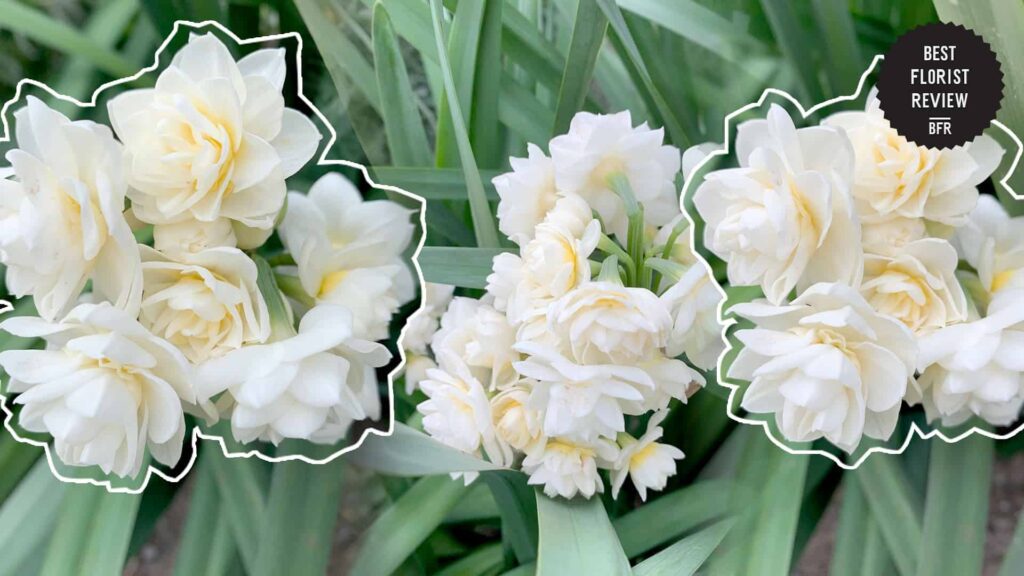

Jonquil flowers hold various meanings, including affection, plea for love, forgiveness, resilience, new beginnings, and rebirth.
They’re often linked with resilience, new beginnings, and rebirth because they bloom right at the end of the dark winter days. Being one of the first flowers to bloom, jonquils remind people that they can overcome challenges and they can always start anew.
The flowers are also often given as gifts to symbolize one’s desire to receive affection from the recipient.
What do the colors of jonquil flowers symbolize?
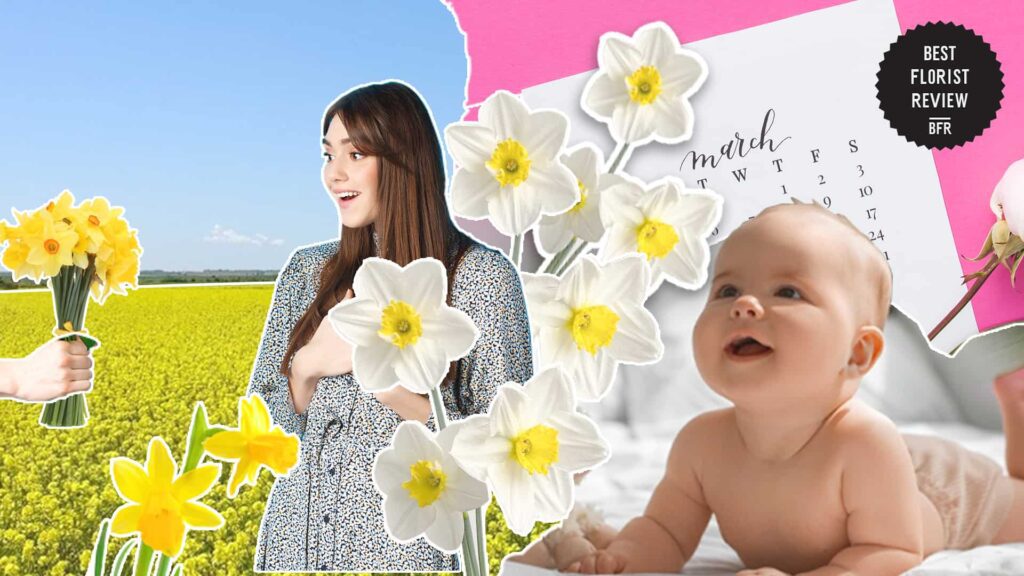

What did the jonquil symbolize in the Victorian era?
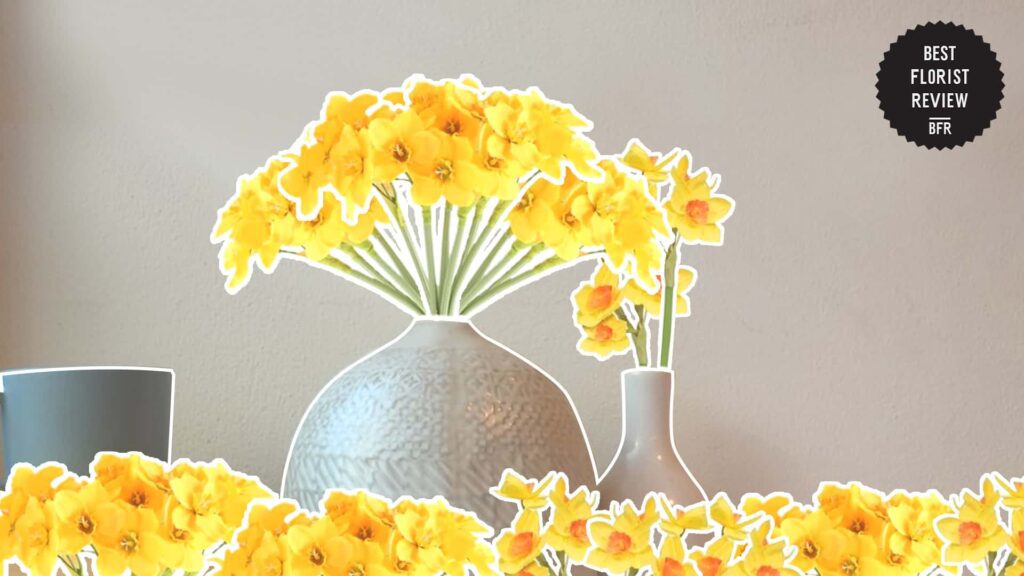

During the Victorian era, it was a common practice to give flowers to convey a message. Several flowers were given specific meanings through floriography.
At the time, joquils were used to symbolize pleas for forgiveness and the desire for the affection of the sender to be returned.
During this period, sending a jonquil could be a subtle way of expressing admiration and hope for that admiration to be reciprocated.
What are the cultural associations of the jonquil flower?
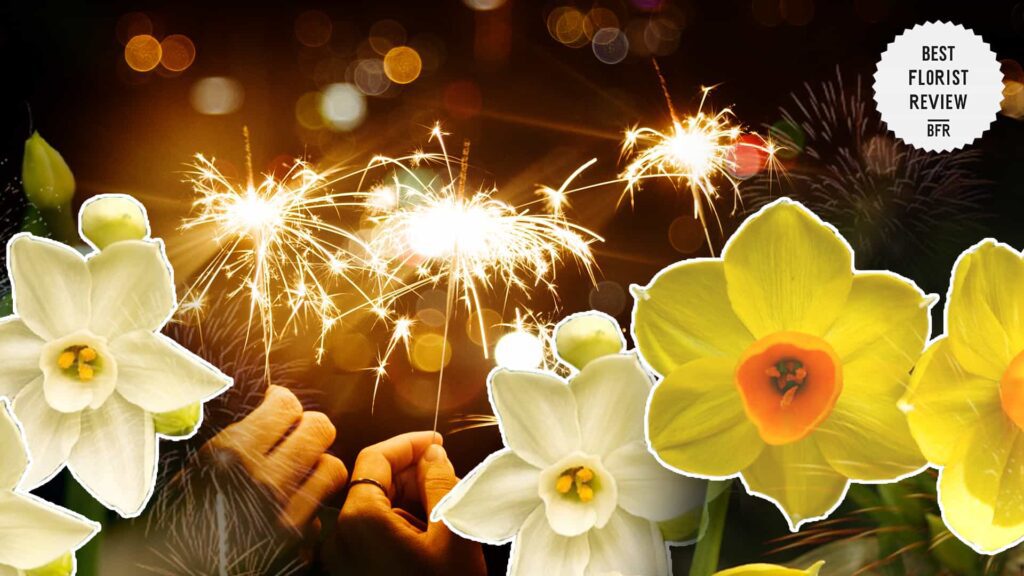

What are the mythological meanings of the jonquil flower?
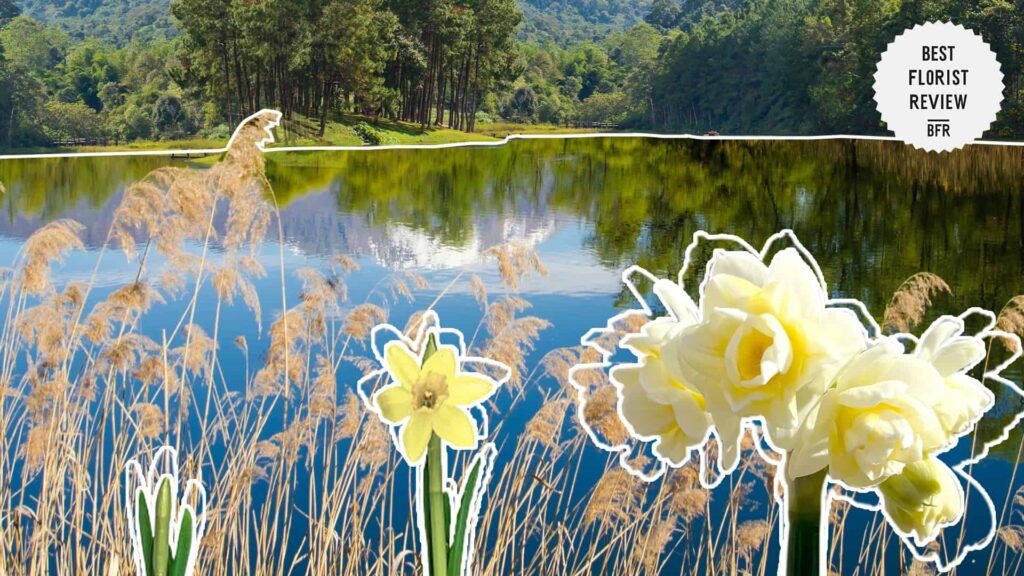

Jonquil flowers are closely linked to Narcissus, a hunter known for his exceptional beauty. The flowers’ close ties to Narcissus have made the flower a symbol of vanity to the Ancient Greeks.
According to the myth, the nymph Echo fell in love with Narcissus. However, Narcissus, who was enveloped by vanity and disdain for those who loved him, rejected her feelings.
In punishment for his arrogance, the goddess Nemesis lured Narcissus to a pool of water where he saw his reflection for the first time. He fell in love with his image and couldn’t tear his eyes away from the water.
Narcissus eventually fell into the water and drowned. It was believed that jonquils and other Narcissus flowers bloomed in the place where he was sitting after he died.
What are the uses of the jonquil flowers?
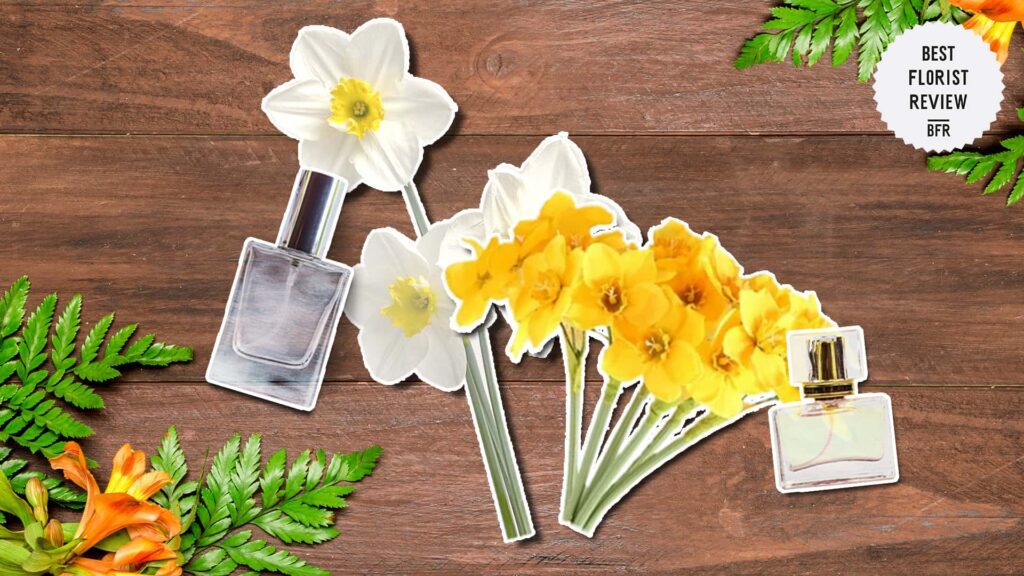

Jonquil flowers have various uses and applications. They can be used as gifts to your loved ones, ornamental flowers for your garden, or as ingredients for your favorite perfume.
How can jonquil flowers be used in perfumes?
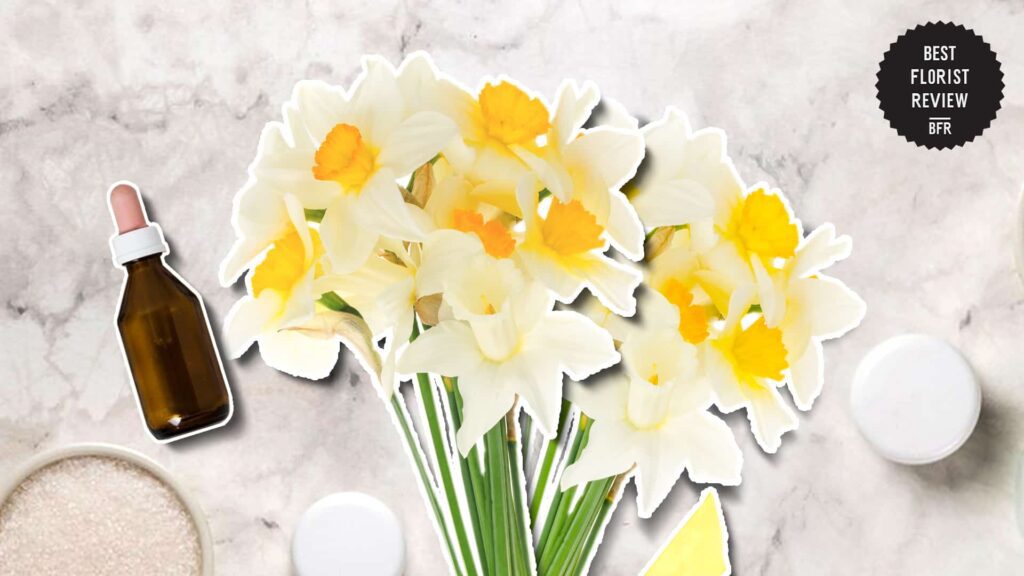

Various perfume manufacturers extract essential oil from jonquil flowers through steam distillation and solvent extraction. The extracted essential oil is then used as a component of many of the perfumes we use today.
Jonquil flowers have a sweet, floral, and slightly spicy fragrance, making them one of the top choices for adding a floral scent to perfumes. They’re often combined with other components that can add a more fruity and woody aroma to the perfume.
Some examples of perfumes that use jonquil flowers include Prosody London’s Jacinth Jonquil and Tom Ford’s Jonquille de Nuit.
How can jonquil flowers be used in gardening?


Jonquils have trumpet-shaped flowers that give them a unique yet beautiful appearance. This makes them great flower choices for adding ornamental value to your garden.
They can be placed along borders, pathways, garden beds, or around trees to give a brighter look to these areas. They will also fill your garden with their fragrant scent, which only adds more charm to your home.
If you don’t have much space for a garden, you can also enjoy jonquil flowers on your patio or balcony by planting them in containers and pots. After they bloom, you can cut the flowers and make beautiful arrangements for your home or your loved ones.



